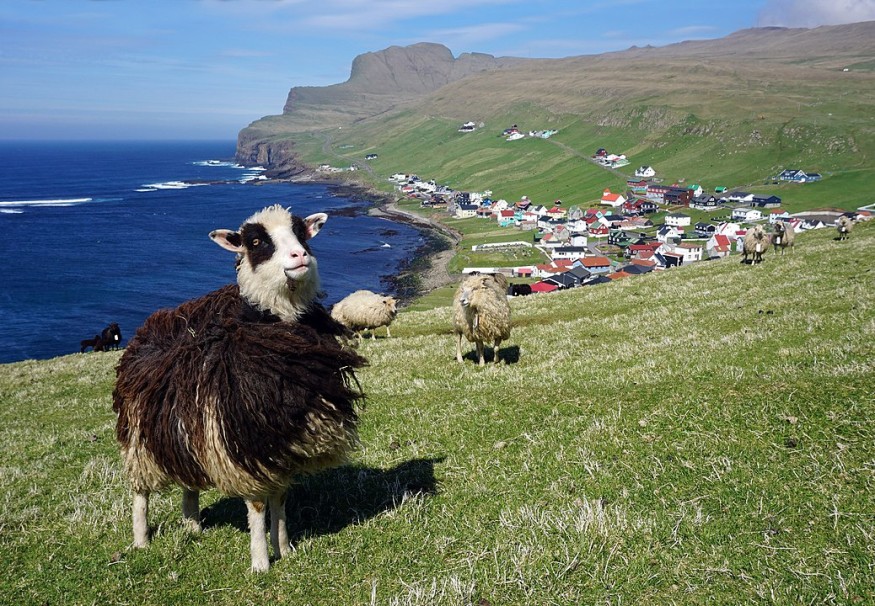A pair of winged machines are set to take flight beneath Faroe Islands' dark waters in the North Atlantic. The aircraft-looking machines dubbed as Sea Dragons or Tidal Kites are high-tech tidal turbines that will harness the power of the ocean to generate electricity.
What is Tidal Power?

Tidal power, according to the US Energy Information Administration, has been used for over 1,000 years. In the olden days, they were first used to power grain mills----because the sun and moon's gravitational pull and the Earth's rotation create tides in the ocean. People harnessed this to generate electricity.
One form of tidal energy system uses complex structures similar to dams known as barrages. They are installed across an inlet of either a bay or lagoon, forming a tidal basin. Sluice gates on the constructed barrage control water level and flow rates, allowing the tidal basin to fill on high tides and empty through electricity turbine systems.
ALSO READ: Eco-Friendly Protein Battery Available Soon? New Discovery Could Phase Out Lithium-Ion Battery
Sea Dragons Take Flight in the Waters of Faroe Island
The two kites reach a wingspan of five meters and move underwater in figure-eight patterns absorbing energy from the tide while tethered to the seabed by 40-meter cables. The movement of the Sea Dragons will be generated by lift exerted by the ebb and flow of water, similar to how planes use the force of air flowing in their wings.
An onboard computer will steer the underwater kits into prevailing current and idle them at slack tides to maintain a constant depth in the water column. If more kites are used, they will be strategically placed to avoid unwanted collisions, reports BBC.
The electricity generated by the kites is sent via the tethered metal cables to others on the seabed, then to a control station near the coastal town of Vestmanna. The technology was developed by Minesto, a Swedish engineering company founded in 2007. The two kites deployed on the islands have contributed to the electricity company SEV and the Faroe Islands' national grid on experimental bases over the past year.
Each kite generated enough electricity to power roughly 4-5 houses. However, according to Martin Edlund, chief executive at Minesto, larger-scale beasts will be deployed in the inlet in early 2022. The new bigger kits will reach wingspans of 12 meters and will be able to generate 1.2 megawatts of power. He adds that the team believes that an array of the Dragon-class kits will be able to produce enough electricity to power about half of all households in the islands.
The Faroe Islands consist of 17 autonomous islands as the territory of Denmark. Located halfway between Iceland and Shetland and is home to more than 50,000 people. Known for high winds, persistent rainfall, and rough seas, the islands have never been an easy place to live in but primarily contribute to the fishing industry, accounting for 90% of all exports.
RELATED ARTICLE : What is Solar Paint and Can it Revolutionize Green Architecture?
Check out more news and information on Renewable Energy in Science Times.
© 2025 ScienceTimes.com All rights reserved. Do not reproduce without permission. The window to the world of Science Times.












